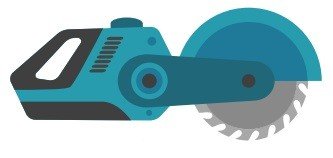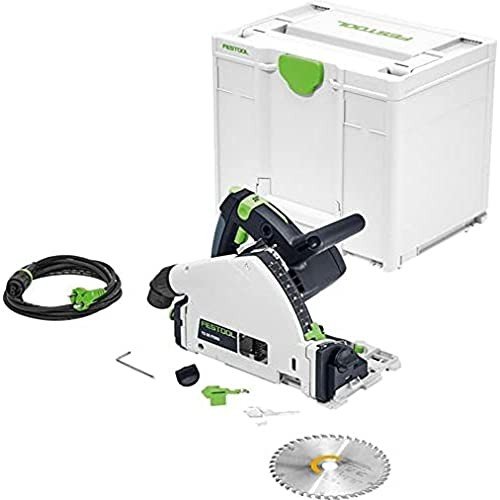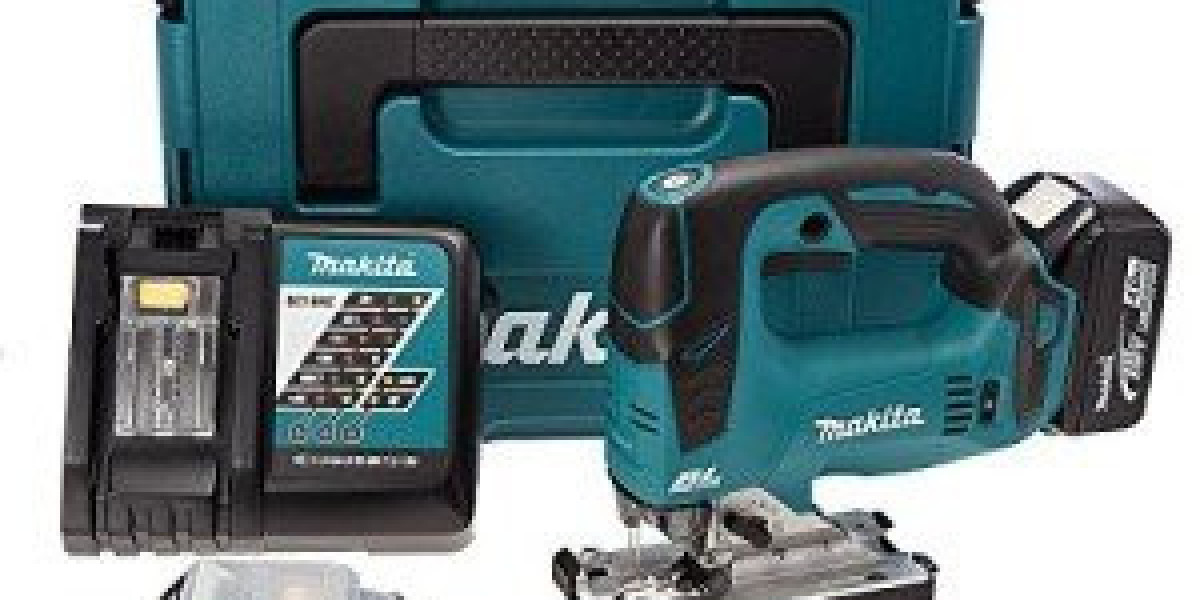Power tools have revolutionized the way we work, transforming manual labor into efficient, precise, and less strenuous tasks. From construction sites to home workshops, these tools are indispensable for a wide range of projects. This comprehensive guide delves into the diverse world of power tools, offering insights into their types, functionalities, safety, and maintenance. Whether you are a seasoned professional or a DIY enthusiast, understanding power tools can enhance your productivity and ensure safer working conditions.
What Are Power Tools?
Power tools are mechanical devices driven by an external power source, such as electricity, compressed air, or a gasoline engine. They are designed to automate tasks that would otherwise require significant physical effort. Power tools can be categorized into two main types: corded (electric tools that require a power outlet) and cordless (battery-operated tools that offer greater mobility).

Types of Power Tools
1. Drills
Drills are essential for making holes in various materials, including wood, metal, and plastic. They come in several types:
- Electric Drill: The most common type, suitable for a variety of drilling tasks.
- Hammer Drill: Designed for drilling into hard materials like concrete, it combines drilling and hammering actions.
- Impact Driver: Used primarily for driving screws and bolts, it provides high torque with less user effort.
- Drill Press: A stationary tool that allows precise drilling at various angles and depths.
2. Saws
Saws are used for cutting through different materials. The most common types include:
- Circular Saw: Ideal for making straight cuts in wood and other materials.
- Miter Saw: Useful for making precise angle cuts, often used in trim and molding work.
- Table Saw: A powerful stationary saw used for ripping and crosscutting large pieces of wood.
- Reciprocating Saw: Suitable for demolition and rough cutting tasks.
- Jigsaw: Perfect for making curved and intricate cuts in wood and other thin materials.
3. Sanders
Sanders are used to smooth surfaces, typically of wood or metal. They come in various forms:
- Orbital Sander: Moves in a random orbital pattern, providing a smooth finish.
- Belt Sander: Uses a continuous loop of sandpaper for rapid material removal.
- Detail Sander: Designed for hard-to-reach areas and tight corners.
4. Screwdrivers
Screwdrivers are essential for driving screws and bolts. Popular types include:
- Power Screwdriver: A handheld tool that drives screws efficiently.
- Impact Wrench: Used for tightening or loosening nuts and bolts, often in automotive applications.
5. Sanders and Polishers
These tools are used for finishing and polishing surfaces:
- Belt Sander: For rapid material removal and rough sanding.
- Random Orbital Sander: For a fine, smooth finish.
- Polisher: Used to buff and polish surfaces, often in automotive and metalworking contexts.
6. Other Essential Tools
- Router: Used for shaping edges, cutting grooves, and creating decorative profiles in wood.
- Grinder: Essential for grinding, cutting, and polishing metal and other hard materials.
- Angle Grinder: Versatile for grinding and cutting tasks.
- Nail Gun: Used for quickly and efficiently fastening nails and staples.
- Heat Gun: Used for stripping paint, drying materials, and softening adhesives.
Benefits of Using Power Tools
1. Efficiency and Speed
Power tools can complete tasks much faster than manual tools, saving time and increasing productivity. This is particularly important in professional settings where deadlines are tight.
2. Precision and Accuracy
Many power tools offer features that enhance precision and accuracy, such as adjustable settings, guides, and laser alignments. These features are invaluable for tasks that require exact measurements and cuts.
3. Reduced Physical Strain
Using power tools reduces the physical strain on the user, making it easier to perform repetitive tasks over extended periods. This can also help prevent work-related injuries.
4. Versatility
Power tools are highly versatile and can be used for a wide range of applications. Many tools are designed with multiple attachments, allowing them to perform different functions.
Safety Considerations
1. Personal Protective Equipment (PPE)
Always wear appropriate PPE, including safety glasses, ear protection, and dust masks. Gloves can also be useful for handling rough materials.
2. Tool Maintenance
Regular maintenance is crucial for ensuring the safe and effective operation of power tools. This includes cleaning, lubricating, and inspecting for wear and tear.
3. Proper Handling
Follow the manufacturer's instructions for using and handling the tool. Familiarize yourself with the tool's controls and safety features before use.
4. Work Environment
Ensure the work area is well-lit and free of clutter. Keep the tool and power cords away from water and other hazards.

Maintenance Tips
1. Cleaning
- After each use, clean the tool to remove dust, debris, Toolshop Near Me and any other contaminants.
- Use a soft cloth or brush to clean the tool, and avoid using water unless specifically recommended by the manufacturer.
2. Lubrication
- Regularly lubricate moving parts to reduce friction and extend the tool's lifespan.
- Use the recommended type of lubricant for your specific tool.
3. Storage
- Store power tools in a dry, cool place to prevent rust and damage.
- Use tool cases or racks to keep tools organized and protected.
4. Battery Care (for Cordless Tools)
- Charge batteries fully and store them in a cool, dry place.
- Avoid leaving batteries in extreme temperatures, as this can reduce their lifespan.
Choosing the Right Power Tool
1. Consider the Task
- Determine the specific tasks you need to perform and choose a tool that is well-suited for those tasks.
- For example, if you need to make precise cuts, a miter saw might be more appropriate than a circular saw.
2. Budget
- Set a budget for your power tool purchases.
- While higher-end tools often offer more features and durability, there are many affordable options that can meet your needs.
3. Brand and Quality
- Research different brands and read reviews to find a tool that is reliable and well-regarded.
- Consider the warranty and customer support offered by the manufacturer.
4. Ergonomics
- Choose a tool that is comfortable to use and fits your hand well.
- Ergonomic designs can reduce fatigue and improve control.
5. Power Source
- Decide whether you need a corded or cordless tool based on your specific requirements.
- Cordless tools offer greater mobility but may have limitations in terms of power and battery life.
Common Power Tool Brands
1. DeWalt
- Known for their high-quality, durable tools.
- Popular for both professional and DIY users.
2. Bosch
- Renowned for precision and reliability.
- Offers a wide range of tools for various applications.
3. Makita
- A leading brand in the power tool industry.
- Known for their innovative features and robust construction.
4. Black+Decker
- A popular choice for DIY enthusiasts.
- Offers a range of affordable and reliable tools.
5. Milwaukee
- High-performance tools designed for professionals.
- Known for their durability and advanced technology.
Frequently Asked Questions (FAQs)
1. What is the difference between a corded and a cordless power tool?
- Corded tools are powered by electricity from a power outlet, offering continuous power and no battery limitations. Cordless tools are battery-operated, providing greater mobility but may have limited power and battery life.
2. How do I maintain my power tools?
- Clean your tools after each use.
- Lubricate moving parts regularly.
- Store tools in a dry, cool place.
- Follow the manufacturer's maintenance guidelines.
3. What safety equipment should I use when operating power tools?
- Safety glasses to protect your eyes from debris.
- Ear protection to reduce noise exposure.
- Dust mask to protect your lungs from dust and particles.
- Gloves to protect your hands, especially when handling rough materials.
4. How do I choose the right power tool for my project?
- Identify the specific tasks you need to perform.
- Consider your budget and the brand reputation.
- Evaluate the tool's ergonomics and power source.
- Read reviews and seek recommendations from experienced users.
5. Can I use power tools for both professional and DIY projects?
- Yes, power tools are versatile and can be used for both professional and DIY projects.
- While professional-grade tools are built to handle more demanding tasks, many DIY-friendly tools are capable of completing a wide range of projects.
Power tools are a vital part of any toolbox, offering a combination of efficiency, precision, and versatility that manual tools simply cannot match. Whether you are a professional contractor or a DIY hobbyist, understanding the different types of power tools, their benefits, and how to use them safely and effectively can significantly enhance your productivity and the quality of your work. By following the tips and guidelines outlined in this article, you can make the most of your power tools and ensure they serve you well for years to come.
Table: Comparison of Common Power Tools
| Tool Type | Primary Function | Common Applications | Power Source | Key Features |
|---|---|---|---|---|
| Electric Drill | Drilling holes | Woodworking, metalworking | Corded | Variable speed, reversible |
| Hammer Drill | Drilling into concrete | Construction, demolition | Corded | Hammering action, variable speed |
| Impact Driver | Driving screws and bolts | Construction, DIY projects | Cordless | High torque, compact design |
| Circular Saw | Cutting wood | Carpentry, construction | Corded | Adjustable blade depth, guide |
| Miter Saw | Making angle cuts | Trim work, molding | Stationary | Precise angle settings, laser guide |
| Table Saw | Cutting large wood pieces | Carpentry, woodworking | Stationary | Large cutting capacity, fence |
| Reciprocating Saw | Demolition, rough cutting | Remodeling, demolition | Corded | Versatile cutting, aggressive action |
| Jigsaw | Curved and intricate cuts | Woodworking, DIY projects | Corded | Narrow blade, variable speed |
| Orbital Sander | Smoothing surfaces | Woodworking, finishing | Corded | Random orbital pattern, dust collection |
| Belt Sander | Rapid material removal | Woodworking, metalworking | Corded | Continuous sanding belt, aggressive action |
| Detail Sander | Smoothing tight corners | Woodworking, DIY projects | Corded | Small, flexible design, dust collection |
| Router | Shaping edges, cutting grooves | Woodworking, DIY projects | Corded | High speed, various bits |
| Grinder | Grinding, cutting, polishing | Metalworking, DIY projects | Corded | High speed, interchangeable wheels |
| Angle Grinder | Versatile grinding and cutting | Metalworking, DIY projects | Corded | Compact design, high power |
| Nail Gun | Fastening nails and staples | Construction, DIY projects | Pneumatic, Cordless | Quick, powerful action, adjustable depth |
| Heat Gun | Stripping paint, drying, softening adhesives | DIY projects, automotive | Corded | Multiple temperature settings, versatile nozzle attachments |
By exploring the world of power tools and understanding their capabilities and limitations, you can tackle any project with confidence and precision.







